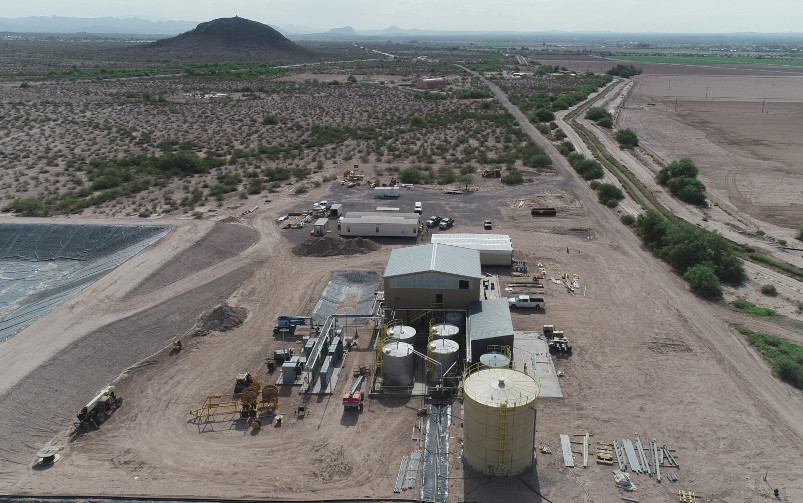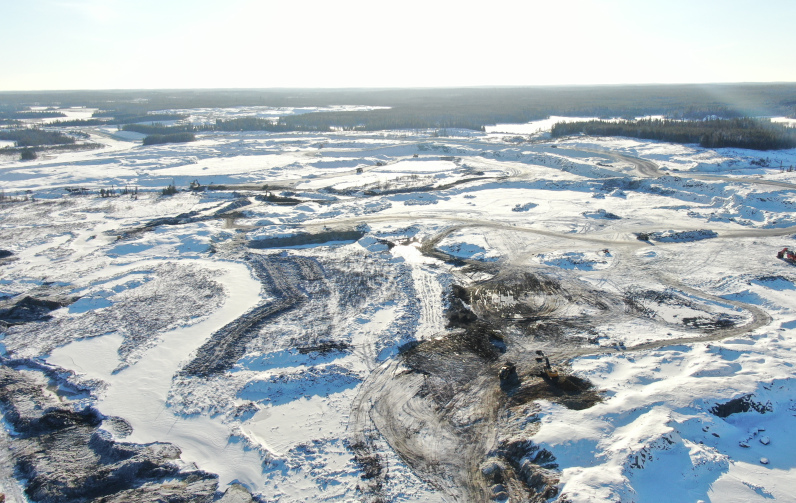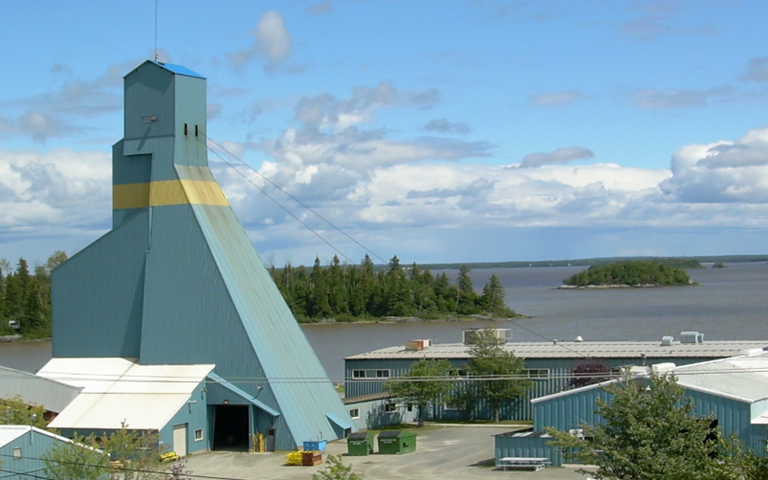Annual production at Wesdome's Kiena mine in Val d'Or, Quebec, is estimated at 84,000 ounces of gold. Courtesy of Wesdome.,
Welcome back to your weekly mining news recap, where we catch you up on some of the news you may have missed. This week’s headlines include material handling safety, Canada’s 30 per cent tax credit for clean technologies and an apology from Ontario regarding McIntyre powder.
Canada has introduced a tax credit aimed at easing the transition to zero-emissions heavy duty vehicles in an effort to reach the country’s net-zero goals, as reported by Electric Autonomy. The new 30 per cent refundable tax credit will be applicable to zero-emission technologies used at mining and construction sites. The credit is expected to be available in spring of 2023.
Following several recent tailings storage facility failures around the world, the need for improved tailings management has only increased. While new standards like the Global Tailings Review, which was kickstarted in August 2020, seek to increase safety and governance surrounding tailings management, questions remain about how best to implement them across different projects in different jurisdictions.
As the demand for less carbon-intensive sources of energy grows, so does the need to ensure the safe handling of uranium and rare earth metals. The means of protection that companies need to be aware of may come in the form of safety training sessions, personal protective gear, and certain best practices aimed at mitigating any hazards tied to these materials.
Commercial production commenced on Dec. 1 at Wesdome’s Kiena mine in Val d’Or, Quebec. The final step to meet its production criteria was the commissioning of a paste fill plant, which “will help reduce stope stand-up time, minimize the risk of instability, better control dilution, and allow for a more rapid overall mining sequencing.” The mine is expected to produce 84,000 ounces of gold per year.
Orezone Gold’s Bomboré mine, located in Burkina Faso, also began commercial production as of Dec. 1. The announcement was made following 30 successful days of mill throughput exceeding 70 per cent capacity, resulting in 364,123 ore tonnes being processed in the month of November. Average annual production is estimated at 117,760 ounces of gold per year over a 13-year life of mine.
Never miss another recap
Sign up for the latest news from CIM Magazine and the Canadian Institute of Mining, Metallurgy and Petroleum.
At this year’s G20 summit, Indonesia approached Canada with a proposal to join a global “nickel cartel” styled after OPEC, as reported by Financial Post. Mary Ng, Canada’s Trade Minister, has made it clear that the model of Indonesian president Joko Widodo’s proposal does not appeal to the country at this time, as it would negate the advantage of the relatively low-carbon intensity of nickel produced in Canada. The trade minister has expressed interest in working with Indonesia regarding other “commercial opportunities.”
Calgary’s E3 Lithium has been granted $27 million in funding from the federal government, as reported by The Calgary Herald. The company is working to separate lithium from brine drawn from Alberta’s Leduc Reservoir using an ionization process that would extract lithium and return the brine to the aquifer. The funding will be used to help develop a pilot plant for the technology.
A new foundation has been formed by the Puutu Kunti Kurrama and Pinikura (PKKP) Aboriginal Corporation and Rio Tinto, known as the Juukan Gorge Legacy Foundation. This comes following the signing of a remedy agreement that came after Rio Tinto’s destruction of two historical rock shelters located in Australia’s Juukan Gorge in 2020. The foundation, funded by Rio Tinto and Indigenous controlled, will create economic opportunities and preserve artifacts and cultural materials.
The Ontario government apologized to the underground miners who had been required to inhale McIntyre Powder, a harmful aluminum dust, while working in Northern Ontario over the course of roughly four decades, as reported by Northern Ontario Business. The powder was created in the 1940s as a preventative against silicosis and used on an estimated 25,000 workers until its use ended in the early 1980s. It has since been associated with neurological and respiratory problems.
Generation Mining’s Marathon project received approval from the Federal and Provincial Environmental Assessment process. Next, the company will now pursue the required construction and operation permits. The palladium-copper project in northwestern Ontario is expected to produce 87,000 tonnes of copper concentrate annually over 13 years.
That’s all for this week. If you’ve got feedback, you can always reach us at editor@cim.org. If you’ve got something to add, why not join the conversation on our Facebook, Twitter, LinkedIn or Instagram pages?




